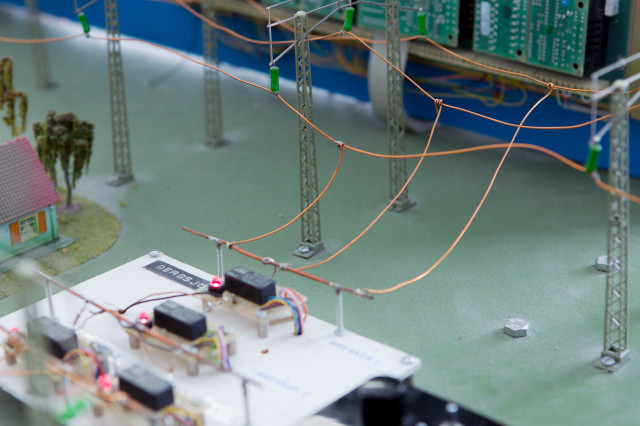The hearing and its limitations. General theory for sound waves. Mechanical and acoustical impedances. Analog electrical diagrams mechanical and acoustical systems. The equations for electromechanical two-ports. Loudspeakers and microphones. Mechanical, optical and magnetical recording of sound. Ultrasound technology. Methods of measurement.
DT2400 Electroacoustics 7.5 credits
This course has been discontinued.
Last planned examination: Autumn 2012
Decision to discontinue this course:
No information inserted
Information per course offering
Course offerings are missing for current or upcoming semesters.
Course syllabus as PDF
Please note: all information from the Course syllabus is available on this page in an accessible format.
Course syllabus DT2400 (Spring 2009–)Content and learning outcomes
Course contents
Intended learning outcomes
Participants should be able to
- use acoustic fundamentals to calculate e.g. sound level, reverberation time and directivity,
- describe different transducer principles and their relation to the transducer’s mechanical impedance and acoustical radiation properties in loudspeakers and microphones,
- use analogies between the electrical, mechanical and acoustical domains to draw and analyze equivalent diagrams for electro-acoustical systems,
- design boxes and horns for electro-dynamic loudspeaker drivers,
- give an overview of analog methods for storage of sound,
- describe the differences between techniques for ultrasound and the technique used for audible frequencies,
- describe the limitations of hearing, in particular those relevant to design of reproduction systems.
Literature and preparations
Specific prerequisites
Single course students: 90 university credits including 45 university credits in Mathematics or Information Technology. Swedish B, or equivalent and English A or equivalent.
Literature
Liljencrants J., Granqvist S.: Kompendium i Elektroakustik, KTH 2004, (in Swedish), with exercises.
Examination and completion
If the course is discontinued, students may request to be examined during the following two academic years.
Grading scale
Examination
- LAB1 - Laboratory Work, 1.5 credits, grading scale: P, F
- TEN1 - Examination, 6.0 credits, grading scale: A, B, C, D, E, FX, F
Based on recommendation from KTH’s coordinator for disabilities, the examiner will decide how to adapt an examination for students with documented disability.
The examiner may apply another examination format when re-examining individual students.
In this course all the regulations of the code of honor at the School of Computer science and Communication apply, see: http://www.kth.se/csc/student/hederskodex/1.17237?l=en_UK.
Other requirements for final grade
Approved written examination and practical laboratory course.
Examiner
Ethical approach
- All members of a group are responsible for the group's work.
- In any assessment, every student shall honestly disclose any help received and sources used.
- In an oral assessment, every student shall be able to present and answer questions about the entire assignment and solution.